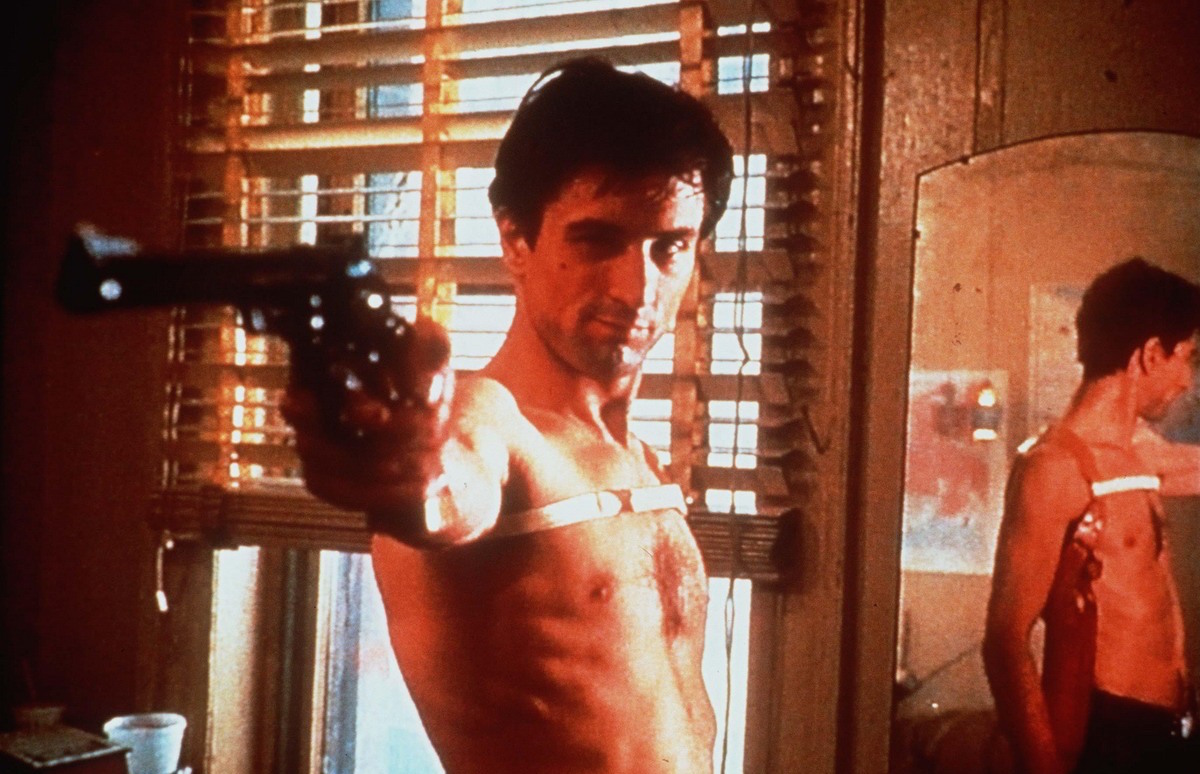Some of the most iconic moments in cinematic history have been improvised performances. Anthony Hopkins cringe-worthy slurping sound and Jodie Foster’s reaction in “Silence Of the Lambs,” and Robert De Niro’s “You talkin’ to me?” scene in “Taxi Driver,” are all spontaneous moves made in the mind of the performers while “in the zone” of their characters. But improvisation is not as simple as being one step ahead of the director or screenwriter. Improvising is a game that is played between actors and a device used by filmmakers.
In a video essay from Now You See It, improv in movies and its techniques are explored. Improvisation is not the product, but the process of creating the moment audiences see on screen; whether it be a line of dialogue, camera shot, or reaction that is unrehearsed from a character. Improvisation in film, like live improv, can grip the audience’s attention or leave them confused.
The best improve comes, as the video essay explains, when actors are in on the game. The rules of this game apply to how their characters will act or react given constraints of the role they are playing. While these restraints appear limiting on paper, they actually free the actors to live in a world where their creative process is honed by the individual they are now portraying. Dustin Hoffman’s reaction to a taxi driving on the set of Midnight Cowboy and nearly hitting him is an instance where dramatic improvisation is at it’s finest. The two qualities that are clearly at play are conflict and personality. Hoffman’s performance of Ratso is fluid enough that when presented with an unrehearsed clash, the taxi on set, he reacts as Ratso would, making for the film’s most iconic moment.
Examples of lousy improvisation are when the actors are not all playing the game. A scene involving Adam Sandler meeting the President and his cabinet members in “Pixels” is neither funny nor emotional, but just confusing. It shows that other characters weren’t playing the game.
In filmmaking, Martin Scorsese likes to give the effect of improvisation even when camera movements and directions are already scripted. “Mean Streets” opening credits, as the video essay explains, appears spontaneous and realistic, though it was completed planned. These examples of improvisation in film show that while it is no easy technique to control, it does bear lasting results when done well.





